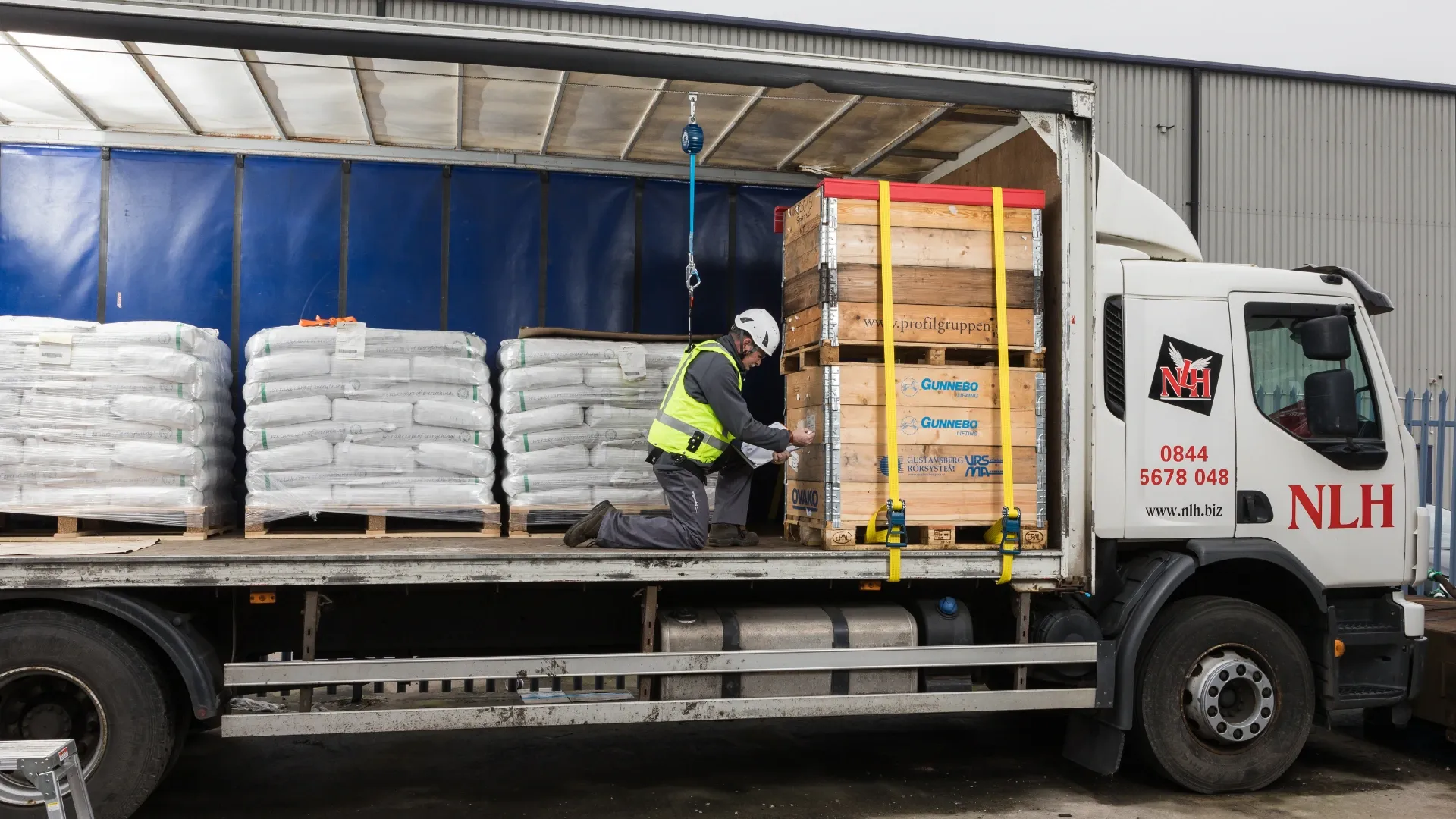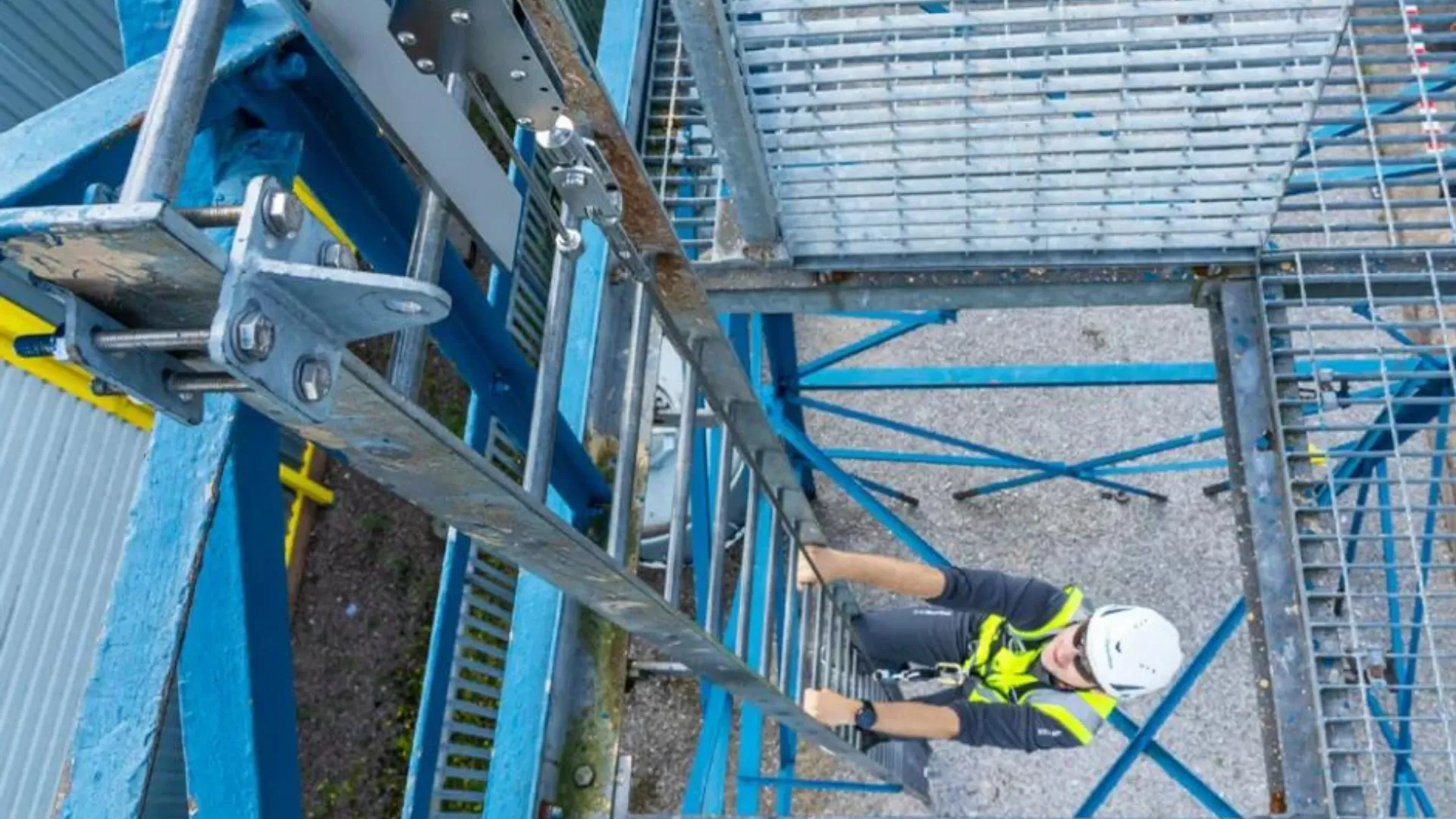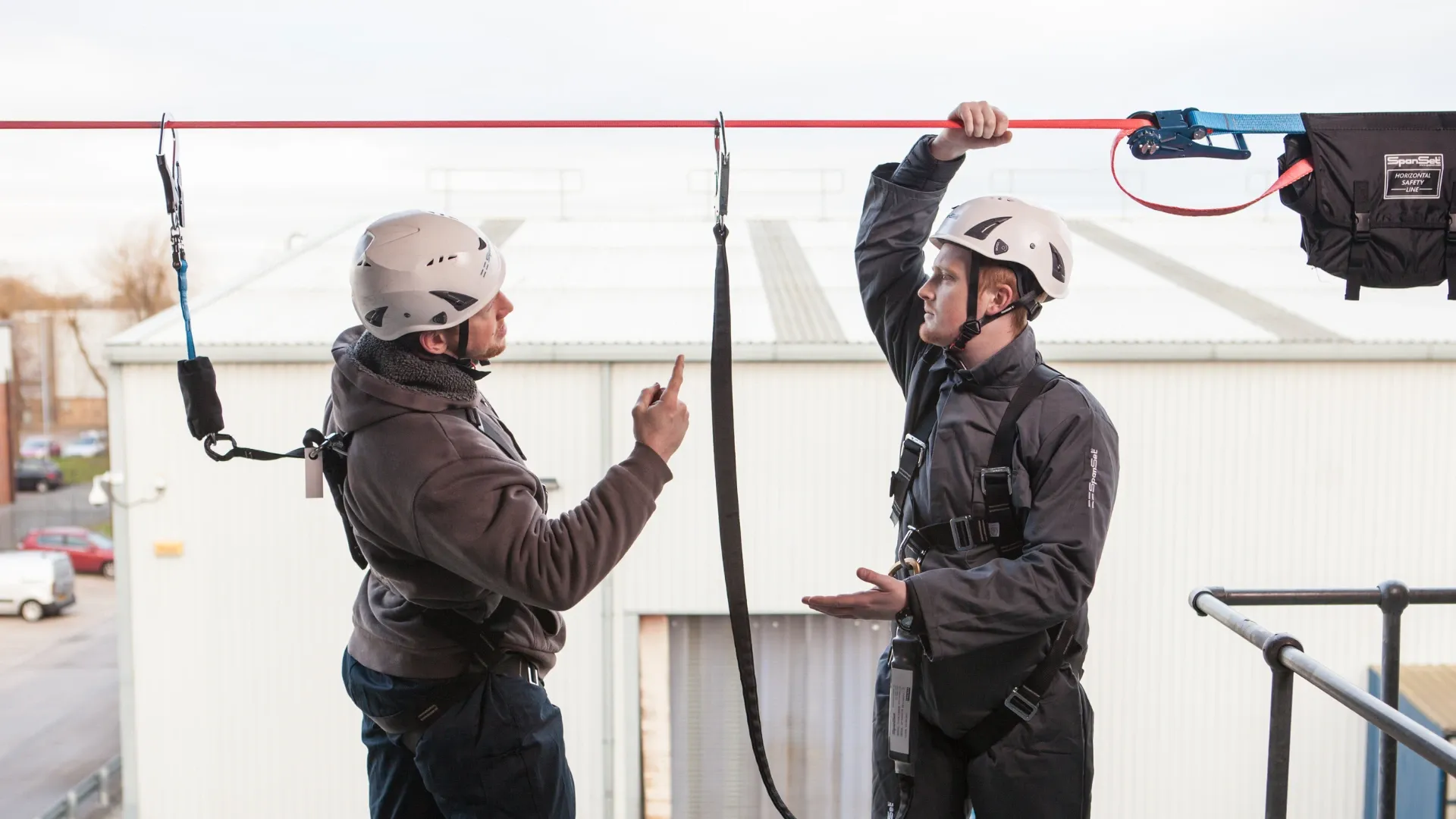Working at heights carries significant risks. Therefore, it is crucial to have a protection system that ensures the safety of every worker in hazardous locations.
One of the most effective tools in reducing workplace accidents at heights is the safety lifeline. But what exactly is a safety lifeline?
A safety lifeline is a safety system classified as an anchor and functions as a fall protection device for workers operating at heights. In Indonesia, safety lifelines are regulated by SNI 8603, while internationally, they adhere to EN 795 standards.
This system typically consists of cables, ropes, or webbing lines installed on a building structure or worksite, allowing workers to attach their harnesses for fall protection.
Beyond its role as protective equipment, a safety lifeline also supports worker mobility, enabling them to move freely while working. With a safety lifeline, the risk of falling from heights is significantly reduced.
Types of Safety Lifelines for Working at Heights
| Type | Advantages | Installation Ease | Disadvantages |
| Horizontal Lifeline | Allows workers to move horizontally across a wide area without changing anchor points. | Moderate | Requires two or more stable anchor points, which may not always be available. |
| Vertical Lifeline | Enables workers to move up and down safely without disconnecting from the system. | Complex | Requires specialized installation. |
| Temporary Lifeline | Easy to install and remove, suitable for temporary projects or dynamic worksites. | Easy | May not be effective in areas with limited access or no adequate supporting structures. Since it is temporary, durability and strength may not be as high as permanent systems, requiring regular inspection. |
1. Horizontal Lifeline

A horizontal lifeline is a system installed horizontally on building structures or work areas. It typically consists of cables or ropes stretched from one point to another, allowing workers to attach themselves and move along the path safely.
Commonly used in construction projects or bridge work, horizontal lifelines offer both security and flexibility, enabling workers to walk along a horizontal track while remaining connected to a safety system.
2. Vertical Lifeline

Unlike a horizontal lifeline, a vertical lifeline is a system that is installed vertically, for example on a ladder or other tall structure. This lifeline allows workers to move up and down while remaining connected to the safety rope.
Vertical lifelines are often used in jobs that require vertical access, such as climbing on skyscrapers or towers. With this lifeline, workers can move up or down safely.
3. Temporary Lifeline

Temporary lifelines are safety systems that can be easily installed and removed. This type is used on short-term or temporary projects, where the protection device can be removed once the work is completed.
This lifeline is often a practical choice for jobs that last only a short time, but still require a high level of safety. Installation is fast, and workers can still be well protected during the work.
So, that's an explanation of what a safety lifeline is and its types. Have you found the right type of safety lifeline? If so, don't forget to shop for this lifting equipment at Spanset!